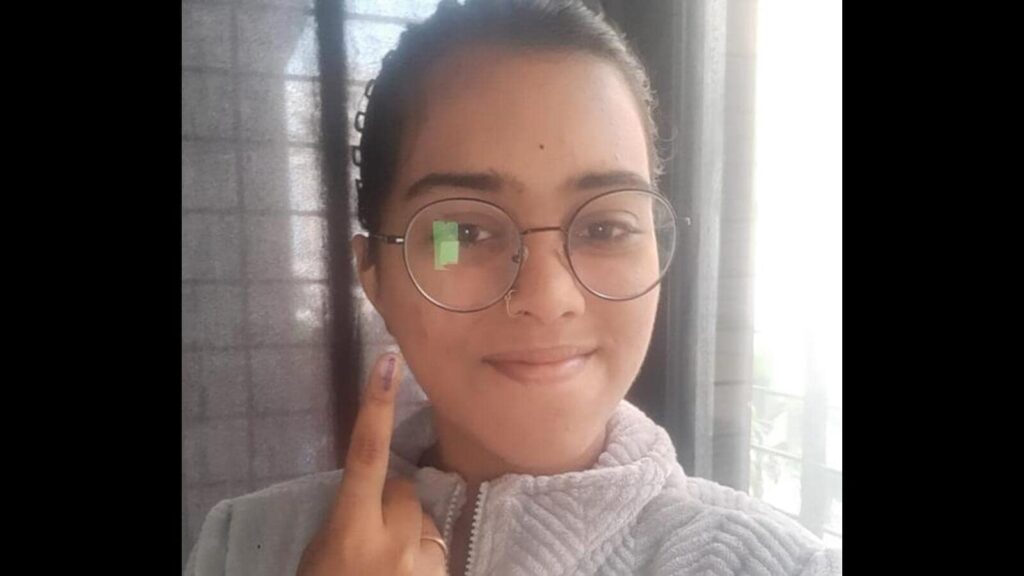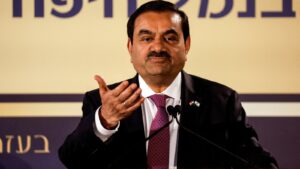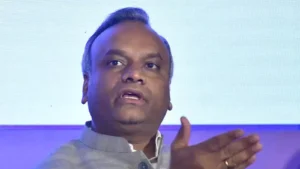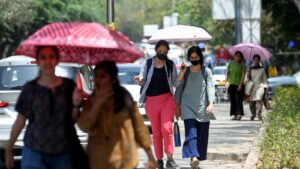At 53.98% Pune city reports higher voter turnout than 2019, district clocks in at 61.05%

Provisional voter turnout for Pune city’s eight constituencies during assembly elections on Wednesday crossed the 2019 mark of 47.68 % with the figure being clocked at 53.98 per cent.

According to the figures released by the Election Commission (EC), Pune district recorded a voting percentage of 61.05 %, higher than the 2019 figure of 57.85 %.
These figures are however most likely to be updated by Thursday as the EC was still collecting the data from different polling stations till the time of going to press.
With 21 assembly seats in Pune district—10 in rural areas, eight in Pune city, and three in Pimpri-Chinchwad—the stakes are high for both alliances. The region holds significant sway in shaping Maharashtra’s political future. For these 21 seats, 303 candidates were in the fray.
“The Mahayuti government in the state has worked for people and we are confident that voters will stand by us in this election,” said Murlidhar Mohol, BJP leader and Union Minister of State for Civil Aviation.
Enthusiastic voters turned out early in the day, with significant activity observed in housing societies across the city. In the eight assembly constituencies of Pune, areas such as Kasba Peth, Parvati, Kothrud, and Wadgaonsheri recorded a higher turnout in the first two hours, with over 6.5% voting registered by 9 am. The momentum continued throughout the day, with several polling centres experiencing a rush during the afternoon.
On the other hand, polling stations in rural parts of the district wore a deserted look during the early hours of the day, with voters trickling in only the afternoon. Between 7 am and 9 am, only 5.53% of people voted in the district. Several factors contributed to the slow start including the primary reasons of cold weather in the morning, which discouraged many from stepping out early to cast their votes. The chill, particularly in the outskirts and rural areas, led many to delay their visit to polling stations, said, officials.
As the day progressed, voters stepped out to cast their votes, and voter footfall increased. Between 7 a.m. and 11 a.m., as many as 10.11% of additional voters voted, taking the district’s voting percentage to 15.64% until 11 a.m. In the urban pockets of the district, the lack of enthusiasm among urban voters was due to growing disillusionment with the political system, citing unfulfilled promises, alleged corruption, and a lack of significant improvement in infrastructure and governance.
In the district, the highest number of voting was recorded between 11 am to 1 pm and a significant 13.39% of eligible voters voted during this time. This took the overall voting percentage to 29.03% till 1 p.m. in the noon. The polling stations during this time witnessed long queues at some polling stations and voters postponed voting to the evening at some polling stations.
However, some voters faced difficulties. Missing names from voter lists and family members being assigned to different polling centres were common complaints.
Both major political alliances accused each other of distributing money to voters. However, unlike other parts of the state, no major cases of malpractice were reported in Pune.
Despite the Election Commission’s appeal to avoid carrying mobile phones to polling stations, many voters brought them along. This led to concerns about where to keep phones while adhering to the rule. “I downloaded my electoral slip on my phone. While the government promotes digitalisation, banning phones is contradictory. The rule should only prohibit photography inside the booths,” said IT professional Nilesh Ware.
Observers believe that most seats will witness close fights with multiple contestants in the fray.




